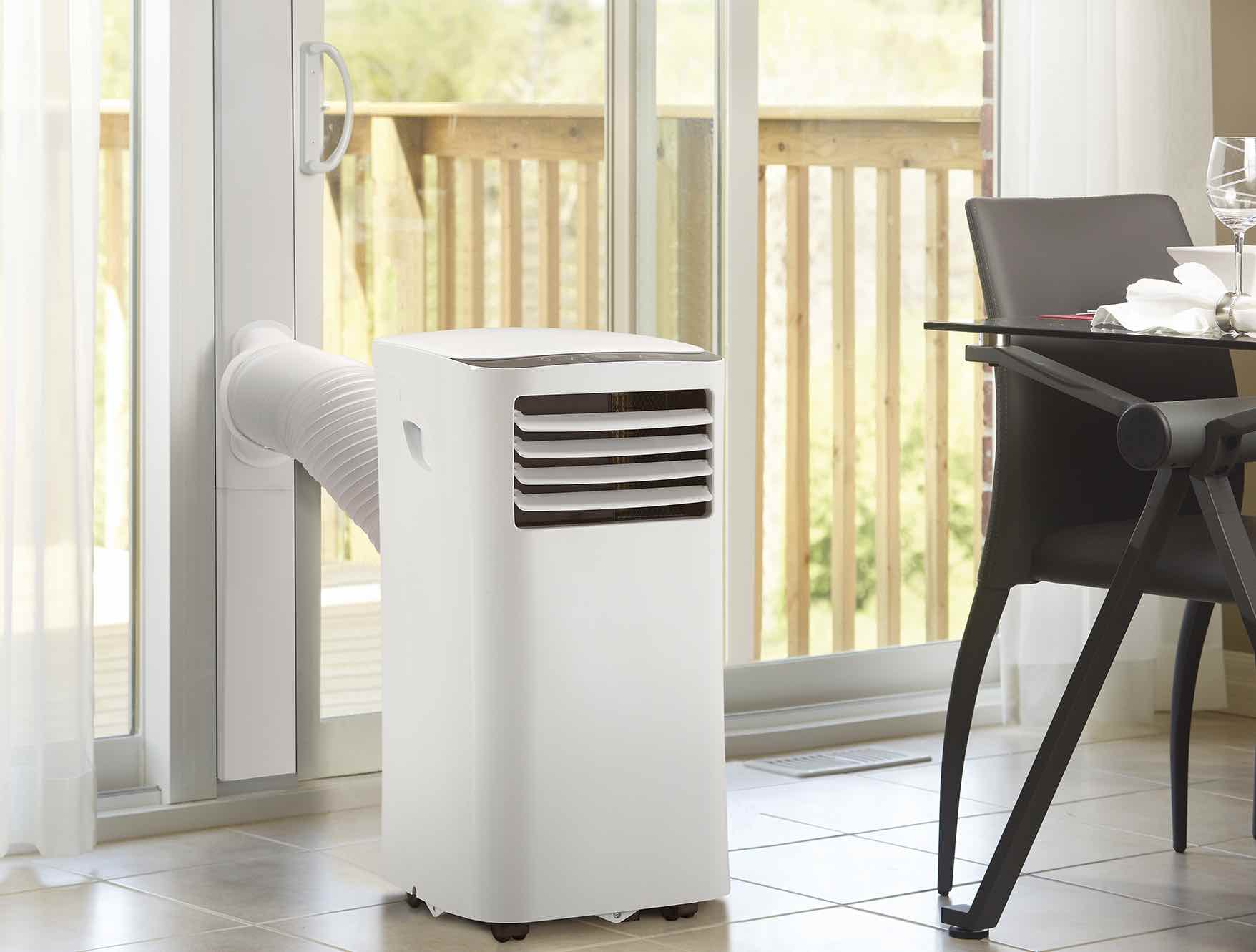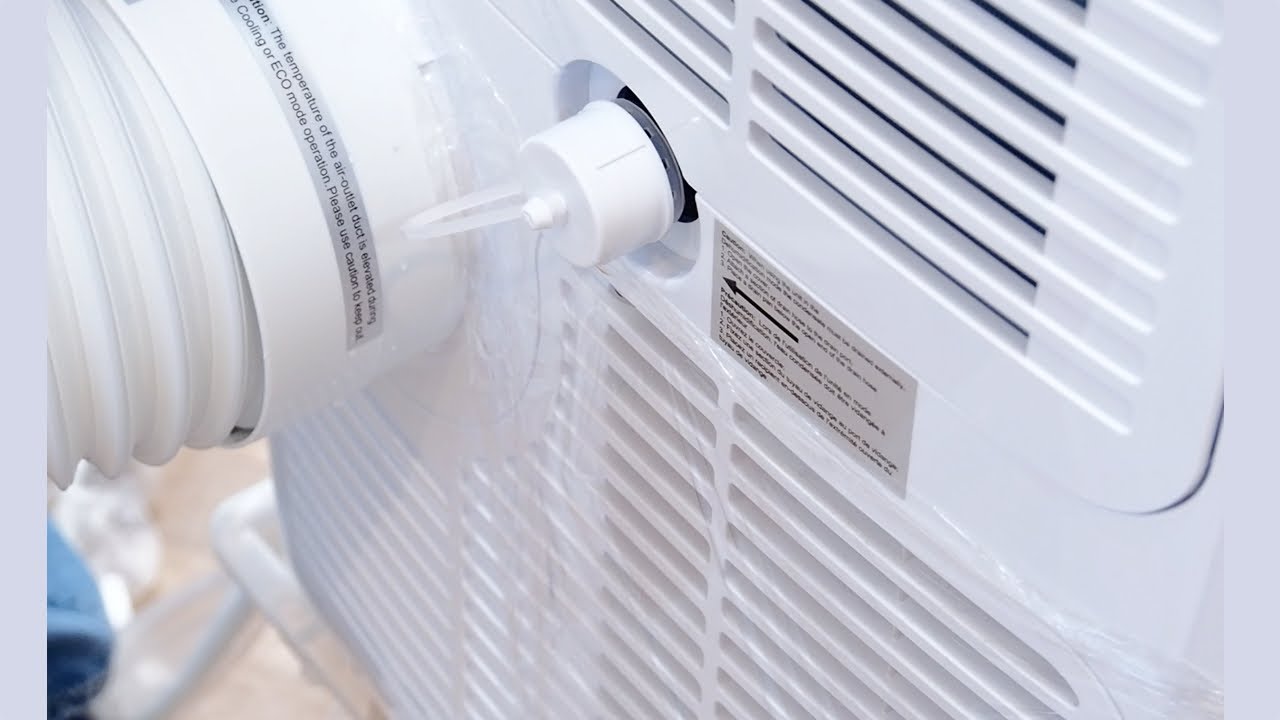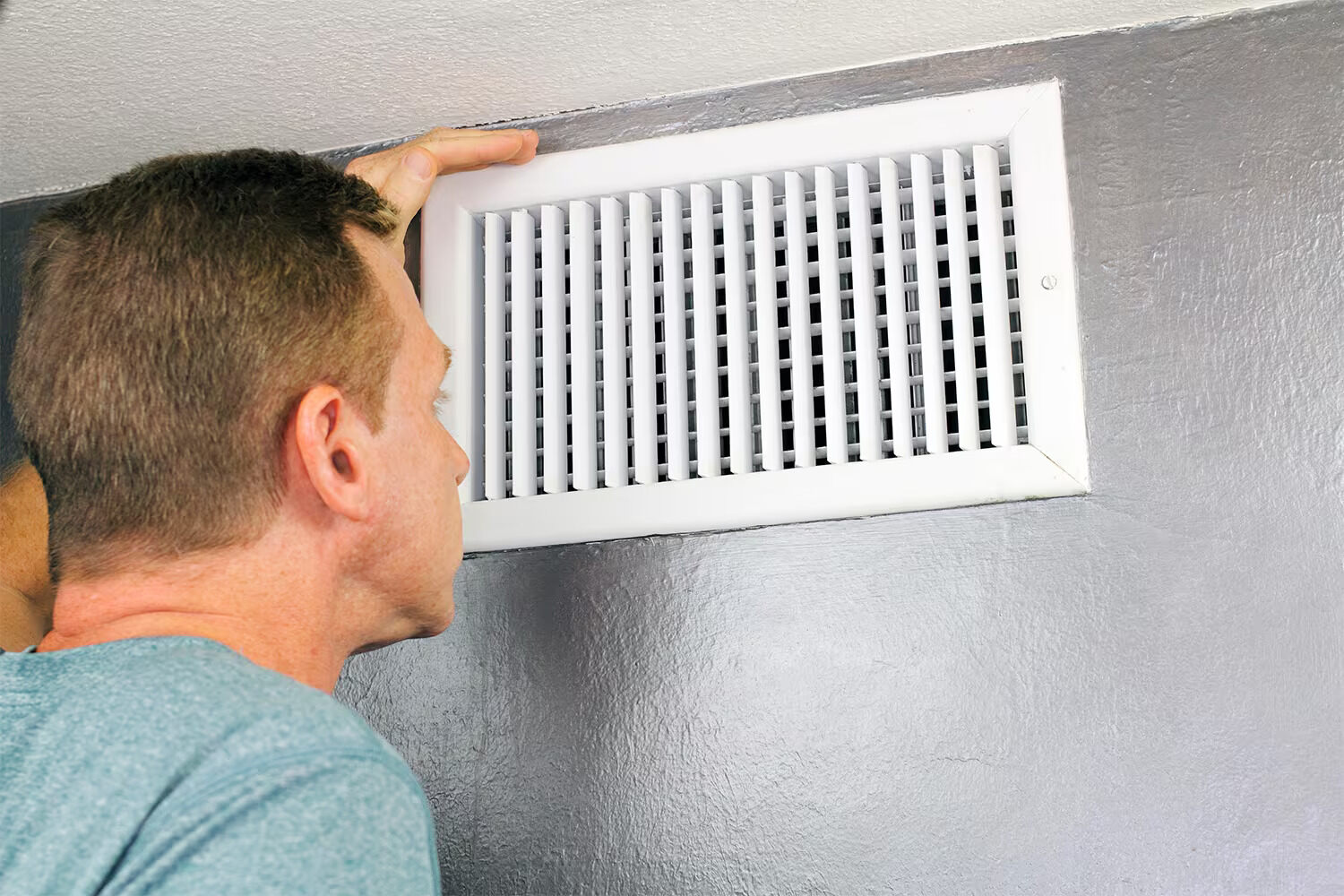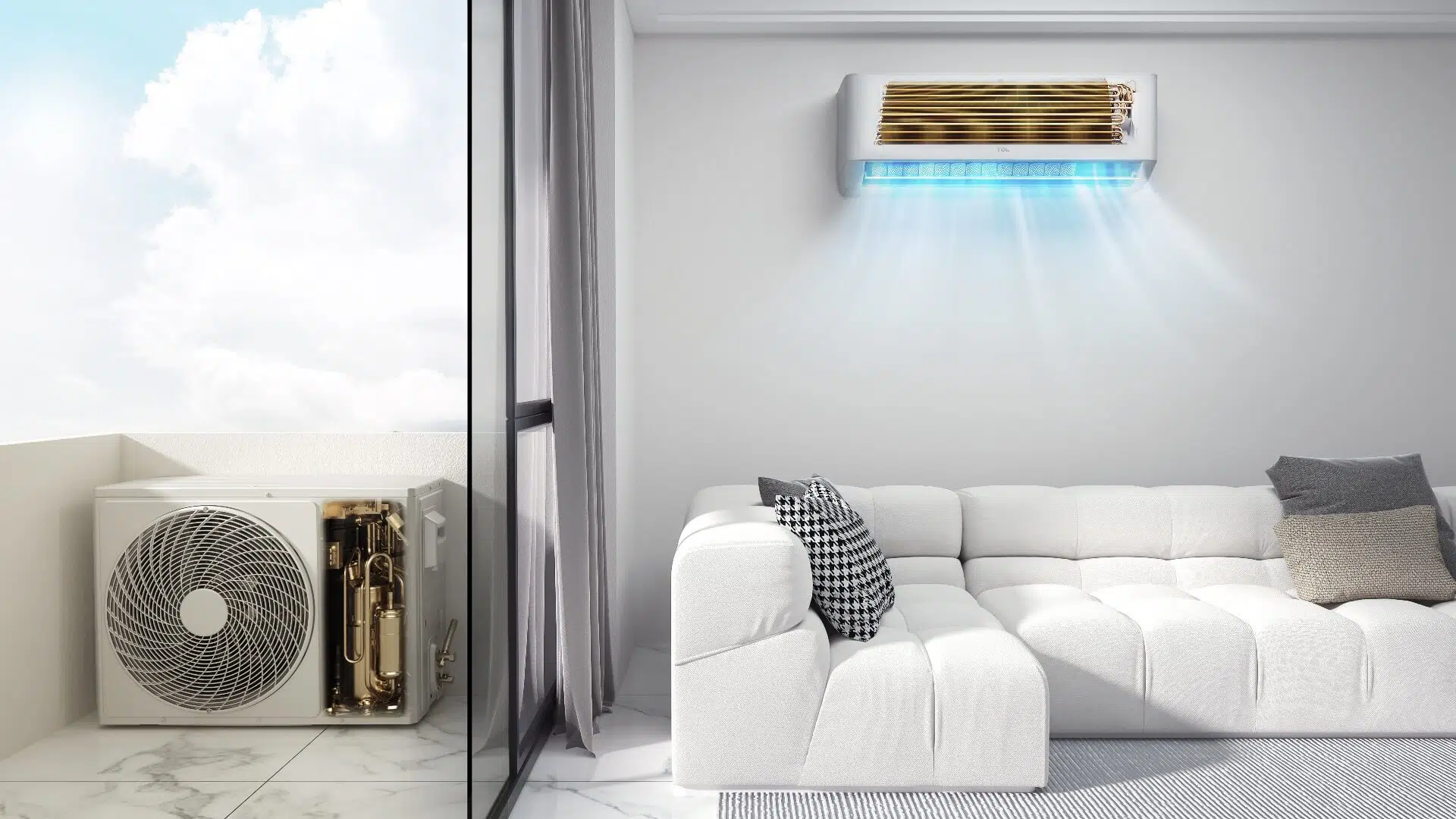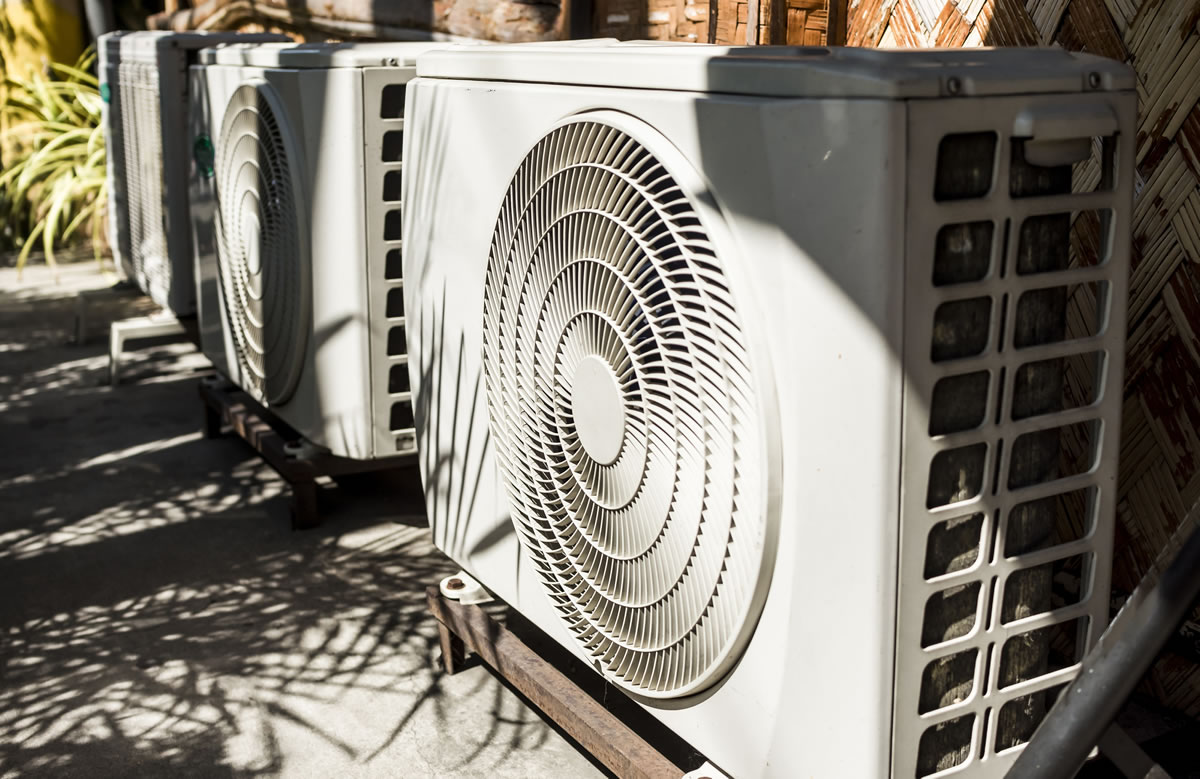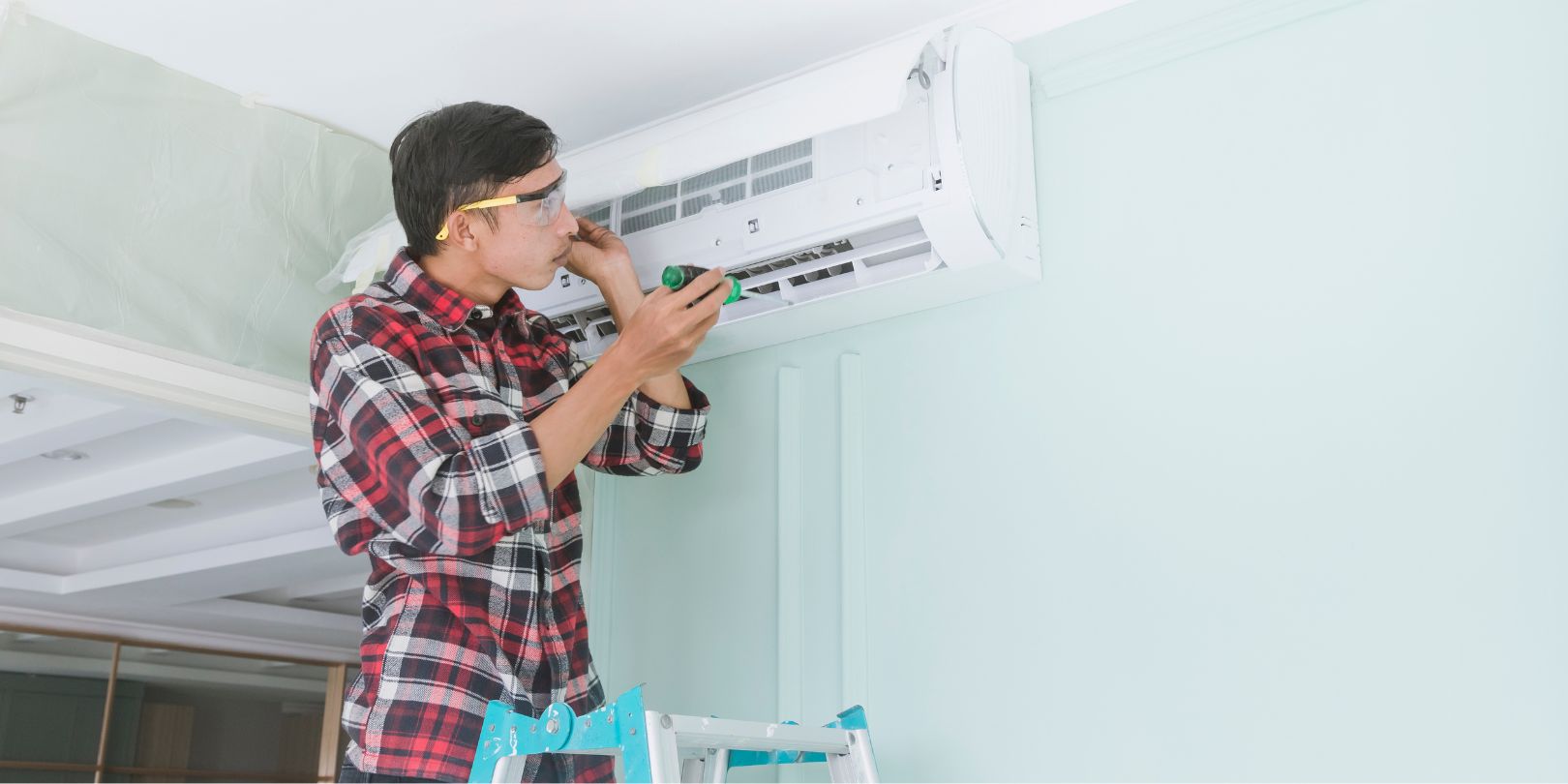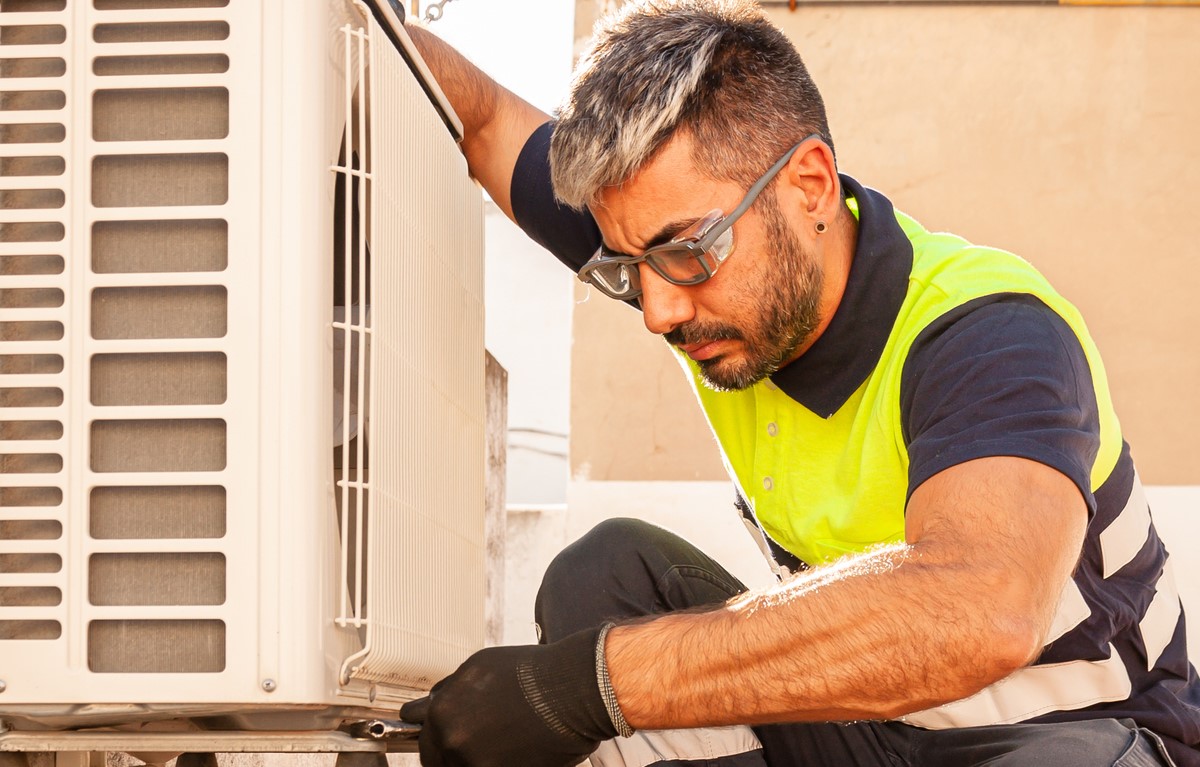Home>Home Maintenance>How Do You Say Air Conditioner In Spanish
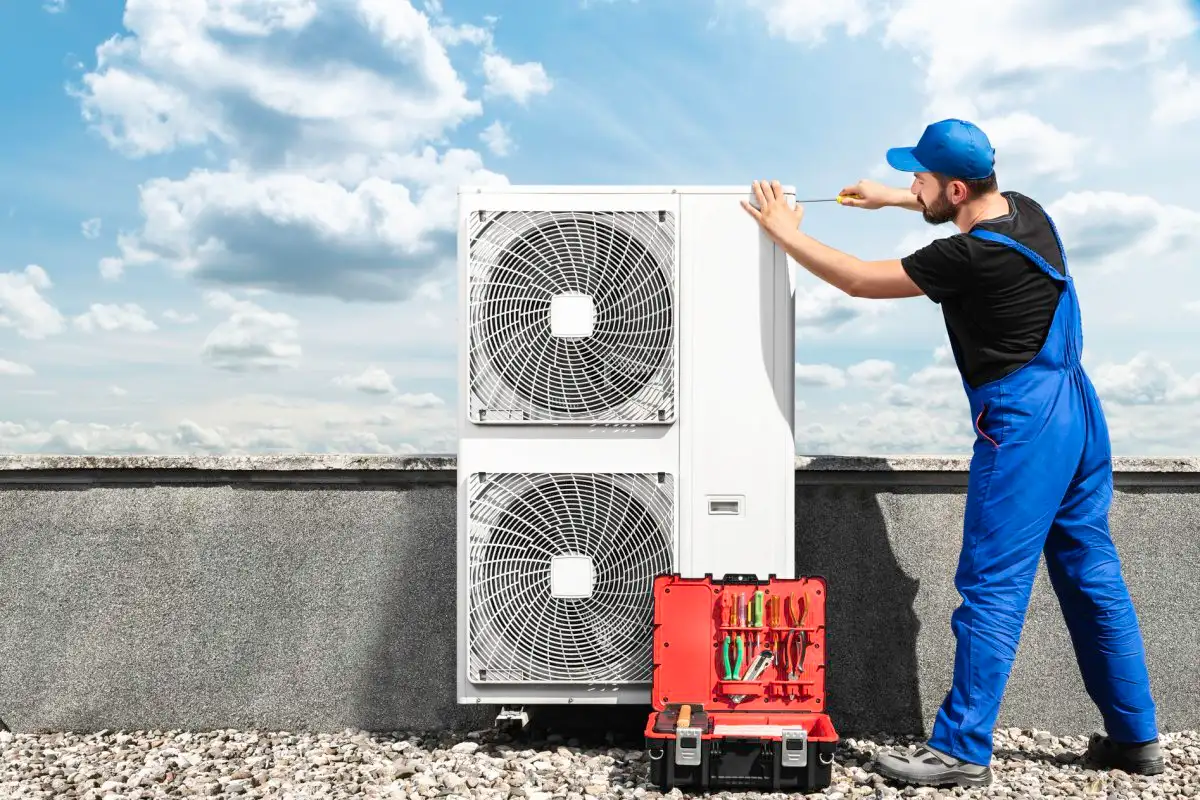

Home Maintenance
How Do You Say Air Conditioner In Spanish
Modified: October 20, 2024
Looking to maintain your home? Learn how to say air conditioner in Spanish and keep your home in top shape with our home maintenance tips.
(Many of the links in this article redirect to a specific reviewed product. Your purchase of these products through affiliate links helps to generate commission for Storables.com, at no extra cost. Learn more)
Introduction
When it comes to home maintenance and comfort during the scorching summer months, few appliances have proven to be as indispensable as the air conditioner. As the temperatures rise, having a reliable cooling system becomes a top priority for many homeowners. While most of us are familiar with the term “air conditioner,” have you ever wondered how to say it in Spanish?
Understanding the terminology for “air conditioner” in Spanish can be particularly useful, whether you plan to travel to a Spanish-speaking country or are simply looking to communicate more effectively with Spanish-speaking colleagues, friends, or neighbors. In this article, we will delve into the translations and variations of “air conditioner” in Spanish, providing you with the knowledge you need for clear and concise communication.
So, if you’re ready to expand your linguistic repertoire and add a touch of cultural fluency, let’s dive into the world of Spanish terminology for “air conditioner.”
Key Takeaways:
- Embrace regional language differences when discussing air conditioners in Spanish to connect with Spanish speakers on a more personal level and communicate effectively.
- Understand the various terms for “air conditioner” in Spanish, such as “aire acondicionado” and “clima,” to adapt your language to different Spanish-speaking regions and enhance cultural fluency.
Read more: How To Say Screwdriver In Spanish
Understanding the Terminology
Before we explore the specific translations of “air conditioner” in Spanish, it’s important to understand the underlying terminology and concepts. The term “air conditioner” refers to a device that cools the air in a room or building, providing relief from hot and humid conditions. It works by removing heat and moisture from the indoor air, creating a more comfortable environment.
In Spanish, the term for “air conditioner” can vary depending on the region and context. While there are literal translations of the term, there are also colloquial terms that are commonly used by native Spanish speakers. It’s worth noting that the use of specific terminology may differ between countries or even within different regions of the same country.
To ensure effective communication, it is essential to understand the different terms used in the Spanish-speaking world. Let’s explore some of the translations and regional variations of “air conditioner” in Spanish.
Literal Translation of “Air Conditioner”
The literal translation of “air conditioner” in Spanish is “acondicionador de aire.” This translation captures the essence of the device, highlighting its function of conditioning or modifying the air to make it more comfortable. While this literal translation is widely understood across Spanish-speaking countries, it is worth noting that there are other commonly used terms that may vary by region.
In some Spanish-speaking countries, the term “aire acondicionado” is used as a straightforward translation of “air conditioner.” This term is widely recognized and used in everyday conversations. The word “aire” means “air,” and “acondicionado” means “conditioned” or “prepared.” Hence, “aire acondicionado” directly reflects the purpose of the device: preparing or conditioning the air for a more pleasant environment.
On the other hand, certain regions may use slightly different variations of the term. For example, in Mexico, it is common to say “clima” to refer to an air conditioning system. This term is short for “acondicionador de clima,” which translates to “climate conditioner” in English. Similarly, in Argentina, you may come across the term “refrigeración” to describe an air conditioning system. This term emphasizes the cooling aspect of the device, as “refrigeración” means “cooling” or “refrigeration.”
While the literal translation is a valid option, it’s essential to be aware of the colloquial terms commonly used in different regions. This will help you adapt your language to the preferences and customs of the Spanish-speaking community you are interacting with. Let’s explore some of the commonly used Spanish terms for “air conditioner” in more detail.
The word for “air conditioner” in Spanish is “aire acondicionado.”
Common Spanish Terms for “Air Conditioner”
In addition to the literal translation and regional variations, there are several commonly used terms for “air conditioner” in Spanish that you may come across in different contexts. These terms often reflect the colloquial language preferences of native Spanish speakers and may vary from country to country or even within different regions of the same country. Let’s explore some of these common Spanish terms:
1. Aire Acondicionado: As mentioned earlier, “aire acondicionado” is a widely recognized and frequently used term across many Spanish-speaking countries. It directly translates to “conditioned air” and refers to an air conditioning system that cools and conditions the indoor air.
2. Clima: In Mexico, the term “clima” is commonly used to refer to an air conditioning system. This term is an abbreviation of “acondicionador de clima” or “climate conditioner.” It is a popular choice in casual conversations and everyday language.
3. Refrigeración: In Argentina and some other Spanish-speaking countries, the term “refrigeración” is often used to describe an air conditioner. This term emphasizes the cooling aspect of the device, as “refrigeración” translates to “cooling” or “refrigeration” in English.
4. Aparato de Aire: Another commonly used term in Spain and some Latin American countries is “aparato de aire.” This term translates to “air apparatus” and is often used to refer to an air conditioning unit or system.
5. Equipo de Aire: Similar to “aparato de aire,” the term “equipo de aire” is also used in various Spanish-speaking countries. It translates to “air equipment” and encompasses different types of air conditioning systems, including both residential and commercial units.
When communicating about air conditioning in Spanish, it’s important to keep these common terms in mind. Using the appropriate terms for “air conditioner,” based on the region or country you are in, will help you effectively engage with Spanish-speaking individuals and convey your message more clearly.
Remember, language is a dynamic and evolving entity, and it’s common for regional preferences to influence the terminology used. Stay open-minded and adaptable, and be sure to pay attention to the local language customs wherever you find yourself.
Regional Variations in Spanish Terminology
Just as language varies from region to region, so does the terminology for “air conditioner” in different Spanish-speaking countries. While there are common terms that are universally understood, it’s essential to be aware of the regional variations to ensure effective communication. Let’s explore some of the specific regional variations in Spanish terminology:
1. Spain: In Spain, the term “aire acondicionado” is commonly used, similar to many Latin American countries. However, there are also regional variations within Spain itself. For instance, in Catalonia, the term “climatització” is often preferred, which reflects the Catalan language influence.
2. Mexico: As mentioned earlier, in Mexico, the term “clima” is widely used to refer to an air conditioner. This colloquial term is favored in casual conversations and is understood throughout the country.
3. Argentina: In Argentina, the term “refrigeración” is frequently used to describe an air conditioning system. This term highlights the cooling aspect of the device and is well-established in the local language customs.
4. Caribbean and Central America: In some Caribbean and Central American countries, such as Puerto Rico and the Dominican Republic, the term “aire” is commonly used to refer to an air conditioner. This term directly translates to “air” and is widely understood in these regions.
5. Colombia and Venezuela: In these countries, the term “aire acondicionado” is used as a standard translation for “air conditioner,” similar to many other Spanish-speaking countries.
It’s important to note that these regional variations are not exhaustive, and there may be further variations within different regions of each country. The best way to ensure effective communication is to be attentive to the language preferences of the specific region you are in or interacting with.
Being aware of these regional variations will help you navigate conversations smoothly and adapt your language accordingly. It shows respect for the local language customs and enhances your ability to connect with Spanish speakers on a more personal level.
Read more: How To Say “Cut The Grass” In Spanish
Conclusion
In conclusion, when it comes to discussing “air conditioners” in Spanish, it’s essential to understand the terminology and regional variations. While the literal translation of “air conditioner” in Spanish is “acondicionador de aire,” there are common colloquial terms used in Spanish-speaking countries that may vary by region.
The term “aire acondicionado” is widely understood and used in many Spanish-speaking countries, emphasizing the conditioned air created by the device. However, it’s important to note that regional variations exist. In Mexico, “clima” is commonly used, while in Argentina, “refrigeración” is preferred. Other terms like “aparato de aire” and “equipo de aire” are used in specific contexts and regions.
Understanding these variations is crucial for effective communication and cultural fluency. It allows you to adapt your language to the preferences of the Spanish-speaking community you are interacting with, whether it’s within a specific country or region.
Language is a dynamic and evolving entity, and regional differences contribute to its richness and diversity. By embracing these variations, you demonstrate respect for the local language customs and facilitate meaningful connections with Spanish speakers.
So, the next time you find yourself discussing an air conditioning system in Spanish, remember to consider the regional variations and choose the appropriate term based on the context and location. By doing so, you’ll not only be able to communicate effectively but also engage in a culturally enriched conversation.
Expand your linguistic repertoire, embrace the regional nuances, and enjoy the journey of learning languages and connecting with others in meaningful ways. ¡Buena suerte! (Good luck!)
Frequently Asked Questions about How Do You Say Air Conditioner In Spanish
Was this page helpful?
At Storables.com, we guarantee accurate and reliable information. Our content, validated by Expert Board Contributors, is crafted following stringent Editorial Policies. We're committed to providing you with well-researched, expert-backed insights for all your informational needs.

